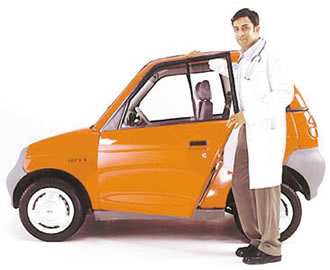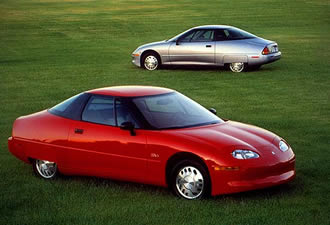[youtube cS10U79B8bk]
The Detroit Electric was the name given to a range of cars built between 1907 to 1939 making them one of first electric cars. Fitted with a lead acid battery they could a range of 130 km with a top speed of around 32km/h.While this speed doesn’t sound like much it must be remembered that these cars were mainly sold to woman and city drivers who found the instant start of the car much more convenient than hand cranking. Later versions of the car could be fitted with Thomas Edison’s Nickel Iron battery that gave better range and performance, Edison believed that electric cars would soon be the most popular cars on the road at the time and he himself was the proud owner of a Detroit Electric along with John D. Rockefeller, Jr and even Henry Fords wife. While the company battled to stay afloat after the great depression some of the cars today can be found in motor museums around the world thanks to the fact that during the companies peek they were selling between 1000 to 2000 a year. When you compare the Detroit electric to GM’s EV-1 despite all the technological achievements the EV-1 claimed to have it was not that much better in range and sold a hell of a lot less.



